Ford Mustang (1999-2004) Service Manual: Exhaust Gas Recirculation (EGR) Valve - Cobra
Removal and Installation
1. Disconnect the accelerator cable and the speed control cable.
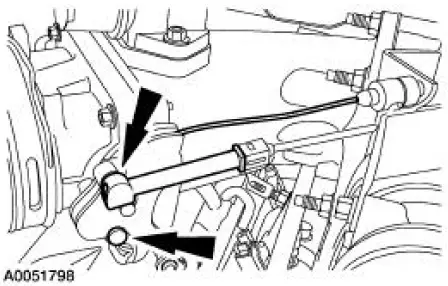
2. Remove the accelerator cable bracket bolts.
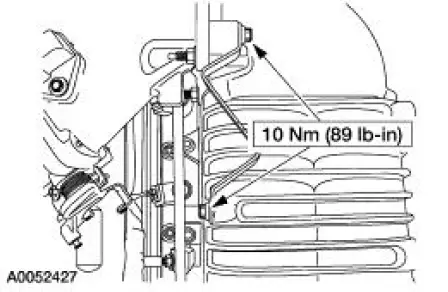
3. Release the clip and position the accelerator cable bracket and the cables aside.
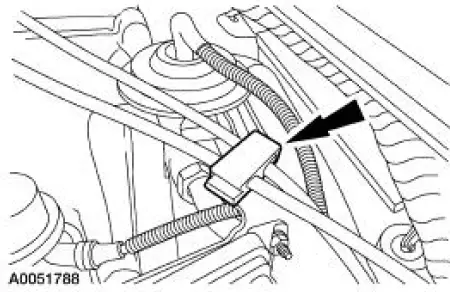
4. Disconnect the electrical connectors from the fuel pulse damper, EGR vacuum regulator solenoid, supercharger bypass vacuum solenoid, and the differential pressure feedback EGR system.
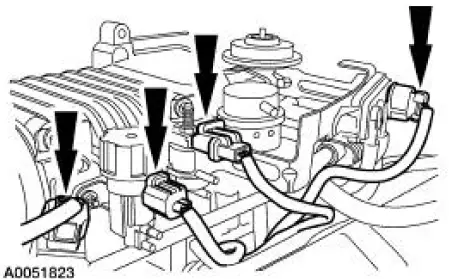
5. Disconnect the vacuum hoses from the differential pressure feedback EGR system.
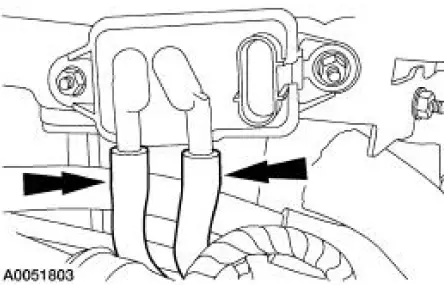
6. Disconnect the vacuum hoses from the supercharger bypass vacuum solenoid, and the actuator.
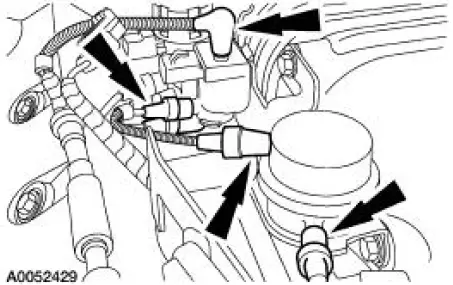
7. Disconnect the vacuum hoses from the fuel pulse damper and the EGR vacuum regulator solenoid.
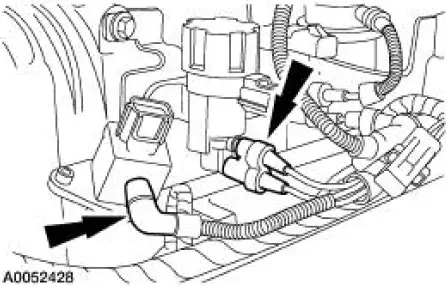
8. Disconnect the vacuum hose from the EGR valve.
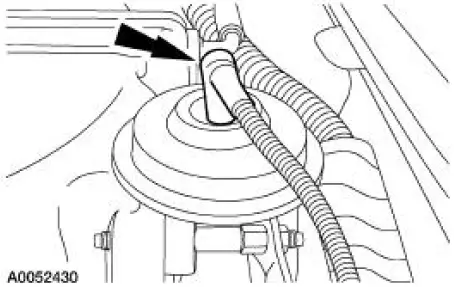
9. Disconnect the vacuum hoses at the back of the supercharger and position the vacuum harness aside.
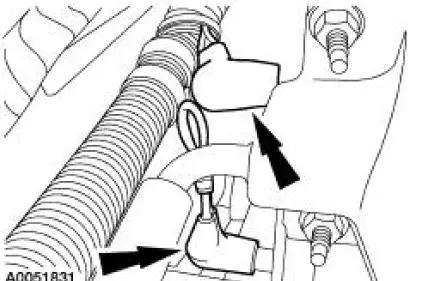
10. Remove the vacuum accessory bracket mounting nut.
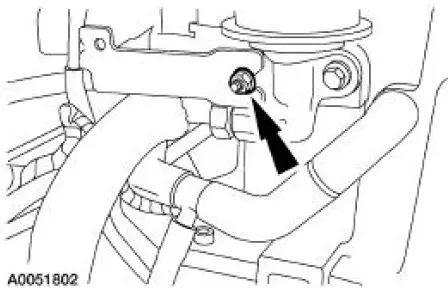
11. Remove the mounting bolts, and the vacuum accessory bracket.
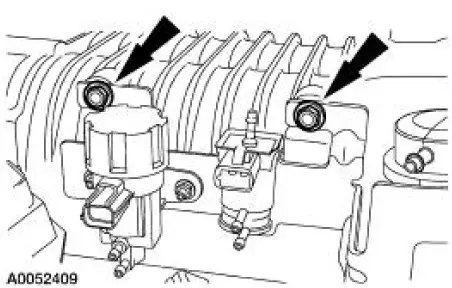
12. Disconnect the exhaust manifold to EGR valve tube.
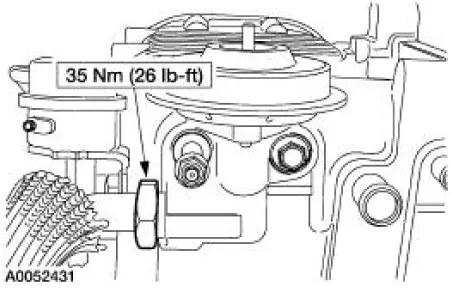
13. NOTE: Discard the EGR valve gasket.
Remove the mounting bolts and the EGR valve.
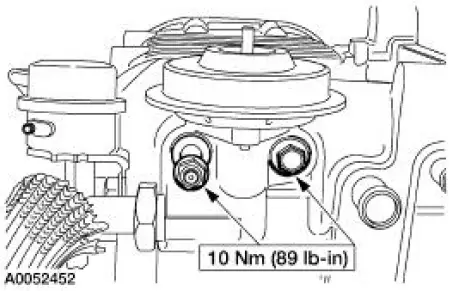
14. NOTE: Install a new EGR valve gasket.
To install, reverse the removal procedure.
 Exhaust Gas Recirculation (EGR) Valve
Exhaust Gas Recirculation (EGR) Valve
Removal and Installation
NOTE: The 4.6L, 2V is shown. The 3.8L is similar.
1. Disconnect the vacuum hose.
2. Disconnect the EGR tube from the EGR valve.
3. Remove the two bolts, the EGR valve an ...
 Exhaust Gas Recirculation (EGR) Valve - Mach I
Exhaust Gas Recirculation (EGR) Valve - Mach I
Removal and Installation
1. Remove the air intake scoop. For additional information, refer to
Section.
2. Remove the exhaust gas recirculation (EGR) valve.
1. Disconnect the EGR tube upper fi ...
Other materials:
Keyless Entry (Diagnosis and Testing)
Refer to Wiring Diagrams Cell 59 , Generic Electronic Module for
schematic and connector
information.
Refer to Wiring Diagrams Cell 111 , Remote Keyless Entry (RKE) for
schematic and connector
information.
Special Tool(s)
73 Digital M ...
General information
Radio Frequencies and Reception Factors
AM and FM frequencies are established by the Federal Communications
Commission (FCC) and the Canadian Radio and Telecommunications
Commission (CRTC). Those frequencies are:
AM: 530, 540–1700, 1710 kHz
FM: 87.9–107.7, ...
Entertainment System - General Information
Audio System (Diagnosis and Testing)
Refer to Wiring Diagrams Cell 130 , Radio for schematic and connector
information.
Special Tool(s)
73III Automotive Meter
105-R0057 or equivalent
Inspection and Verification
1. Verify the customer con ...
